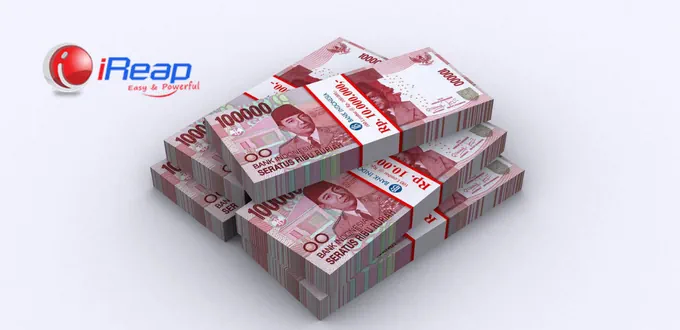
What is the price, and what is its function? Price is the value in the form of money that consumers must pay to sellers to get benefits/benefits from the product or service they buy.
Price is an economic mechanism and an indicator of the strength of demand for products or services. For more details about prices, starting from functions, types, and examples, read this iReap article.
What is Price and Definition of Price
According to Philip Kotler and Armstrong, price is the amount of money charged for a product or service, so when a consumer wants to benefit from a product or service, he must pay a predetermined amount.
Price is the ability to own a product expressed through money or compensation consumers must pay to obtain and hold a product.

Price Function
As an indicator, benchmark, or exchange rate for a product, the following is the price function:
- Price provides an economic mechanism related to the distribution of goods from sellers to consumers.
- As an indicator of the strength of demand for a product. When the price goes down, the product demand will increase.
- Price also serves as a signal that influences market supply and demand. When the price is low, the demand increases, and vice versa.
- The price transmission function is the effect of price on purchasing decisions based on offers with certain conditions. When the offer is of high quality because it uses expensive raw materials, it will be different from the offer that uses raw materials at a lower price.
Types of Prices
1. Purchase Price
The purchase price is the value obtained when buying an item. The purchase price can also be interpreted as capital. For example, You buy 5 kg of rice for IDR 50,000
2. Selling Price
The selling price is the price set by the seller for his merchandise and will be paid later by the consumer when buying the item. The selling price is the result of adding capital to the profit amount; usually, the selling price follows the market price.
Example: You buy 5 kg of rice for Rp. 50,000,-, then sell it for Rp. 65,000,- then this will be your selling price.

3. Subjective Price
A subjective price is a price determined based on someone’s opinion or estimate. Example: You want to sell a wedding gift diamond. So you take the diamond to a jeweler to find out the price.
The person in the shop then estimates the price of the diamond is 10 million Rupiah, for example. This is what is meant by subjective price. Because not necessarily the price of diamonds is so. It would help if you took it to another store to find a market price comparison.
4. Objective Price
The accurate price is the price whose nominal value results from an agreement between the seller and the buyer, either with a bidding process or without going through that process. The accurate price is also known as the market price.
5. Basic Price
The cost price is the real value of a product.
As a business owner, of course, you have to be able to determine the price of every product or service you sell. So, apart from knowing what a cost is, its function, and types of price, you also need to understand what a selling price is and how to calculate a selling price. Read the following article: How to Determine and Calculate The Selling Price and its Formula.



